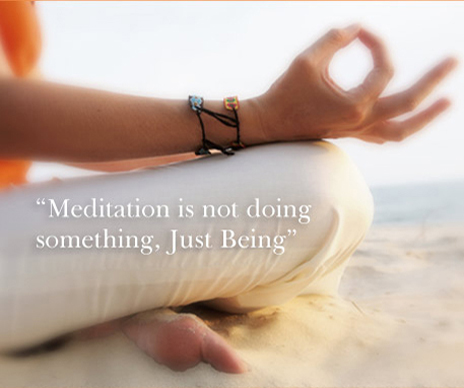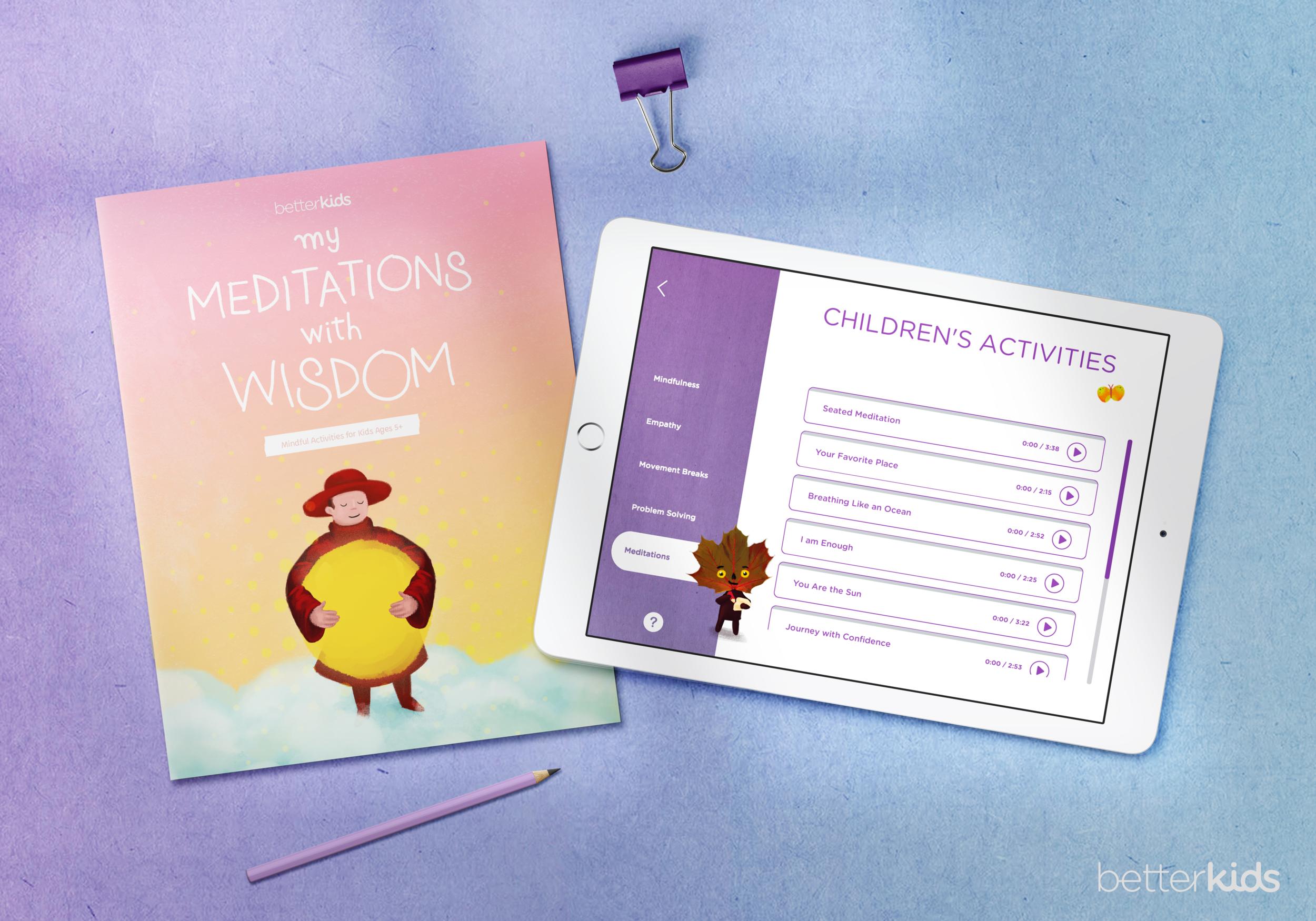
One study has found that meditation can help with chronic pain. This type can be used to relieve both mental and physical pain. It can also relieve stress. Chronic pain and stress are strongly linked. Meditation can help reduce stress levels, regardless of whether you are suffering from back pain or rheumatoid. This will reduce your body's inflammation, which can be a leading cause for pain.
For people suffering from chronic pain, a meditation can help. It's beneficial for people who have back or body pain, as well migraines, fibromyalgias, or arthritis. It can ultimately help you to change how you see and manage pain. Meditation is a great way to achieve this connection. These results are encouraging. The question is, however, if meditation is really effective in treating painful conditions?

Meditating for pain can have many benefits. It decreases pain-processing activity in the brain. This decreases the perception of pain. Guided meditation for people with chronic pain is a good option for anyone looking to lessen their discomfort. These guided meditations will help reduce pain. You can also do MBSR and other types of yoga. For those with chronic conditions, it is a good idea to find a teacher who has experience in meditation. An instructor who is qualified will help you learn how to practice the meditation.
Meditation can be helpful for chronic pain. Sullatta Sutta is a way to learn to be completely present with all sensations and to let go any attachment to them. Recent advances in neuroimaging have demonstrated that mindfulness practices can be used to manage chronic pain. It is now possible to test mindfulness techniques for pain management. They can be extremely beneficial in the management of pain. They can be an excellent tool for people who suffer from chronic physical issues.
Meditation can not only be used to relieve chronic pain but it can also be used to help manage the chronic pain. You can use it alongside other treatments for chronic pain to improve your quality of living. This method can be used to improve your everyday habits and activities. This is a great choice for those who are seeking meditation to help with pain. This technique is easy to learn and will pay off in the long run.

Numerous studies also show that meditation for pain can have a positive impact on chronic pain. University of Pennsylvania research shows that it can reduce pain intensity and duration, as well as anxiety. It can reduce stress and improve your immune system. Meditation is a great choice if chronic pain is a problem. Try it, and you will see the difference.
FAQ
How can I get enough vitamins?
You can obtain most of your daily requirement through diet alone. Supplements may be necessary if you are not getting enough of a particular vitamin. A multivitamin supplement can provide all the vitamins you require. You can also purchase individual vitamins at your local drugstore.
Talk to your doctor to find out which foods are rich in vitamins. The best sources of vitamins K, E, and C are found in dark green leafy veggies such as spinach and broccoli, kale.
Ask your doctor if you're not sure how many vitamins you should take. Your medical history and current health will help you determine the best dosage.
What is the difference in a virus and bacteria?
A virus, a microscopic organism, is incapable of reproducing outside its host cell. A bacterium, a single-celled organism, reproduces by splitting into two. Viruses can be as small as 20 nanometers, while bacteria can grow up to 1 micron.
Viruses spread easily through contact with infected bodily tissues, such as saliva and urine, semen, vaginal secretions or pus. Bacteria are usually spread through direct contact with contaminated objects or surfaces.
Viral infections can be transmitted through skin cuts, scrapes and bites. They can also enter the body through the mouth, nose, eyes and ears, vaginal, rectum or anus.
Bacteria can enter the body through wounds. They can also get into our bodies via food, water or soil.
Both bacteria as well as viruses can cause illness. But viruses can't multiply within their hosts. They can only infect living cells and cause illness.
Bacteria can multiply within their hosts and cause illness. They can invade other areas of the body. That's why we need antibiotics to kill them.
How often should i exercise?
A healthy lifestyle requires regular exercise. You don't have to exercise for a certain amount of time. Find something you like and stay with it.
If you work out three times a week, then aim to complete 20-30 minutes of moderate intensity physical activity. Moderate intensity means you'll still be breathing hard after you've finished. This type works out burns around 300 calories.
If you prefer to walk, go for 10 minute walks four days a week. Walking is low-impact, easy on your joints, and it's also very gentle.
You can also run for 15 minutes, three times per week. Running is a great way to burn off excess calories and build muscle tone.
If you're not used to exercising, start slowly. Start with just 5 minutes of cardio a few times a week. Gradually increase duration until you achieve your goal.
What's the difference between a calorie and kilocalorie?
Calories measure the energy content of food. Calories are a unit of measurement. One calorie contains the energy needed to raise the temperature of one gram of water by one degree Celsius.
Kilocalories can also be used to refer to calories. Kilocalories equal one thousandth of a calorie. 1000 calories is one kilocalorie.
What are the 10 best foods to eat?
These are 10 of the best foods to eat.
-
Avocados
-
Berries
-
Broccoli
-
Cauliflower
-
Eggs
-
Fish
-
Grains
-
Nuts
-
Oats
-
Salmon
Statistics
- Extra virgin olive oil may benefit heart health, as people who consume it have a lower risk for dying from heart attacks and strokes according to some evidence (57Trusted Source (healthline.com)
- According to the Physical Activity Guidelines for Americans, we should strive for at least 150 minutes of moderate intensity activity each week (54Trusted Source Smoking, harmful use of drugs, and alcohol abuse can all seriously negatively affect your health. (healthline.com)
- WHO recommends reducing saturated fats to less than 10% of total energy intake; reducing trans-fats to less than 1% of total energy intake; and replacing both saturated fats and trans-fats to unsaturated fats. (who.int)
- In both adults and children, the intake of free sugars should be reduced to less than 10% of total energy intake. (who.int)
External Links
How To
27 Steps to achieve a healthy lifestyle when your family only buys junk food
Cooking at home is the best way to eat well. It can be difficult to cook healthy meals at home. This article will offer some suggestions on making healthier dining choices at restaurants.
-
Look for restaurants that offer healthy choices.
-
Order salads before you order meat dishes.
-
Ask for sauces with no added sugar.
-
Avoid fried foods.
-
Grilled meats are better than fried.
-
Do not order dessert unless you really need it.
-
You should always have something to eat after your dinner.
-
Take your time and chew slowly.
-
Drink plenty of water while eating.
-
Do not skip breakfast or lunch.
-
Every meal should include fruit and vegetables.
-
Choose milk over soda
-
Try to stay away from sugary drinks.
-
Limit the amount of salt in your diet.
-
Limit the amount of time you eat at fast food restaurants.
-
Ask someone to join you if you cannot resist temptation.
-
Don't let your children watch too much TV.
-
Turn off the television during meals.
-
Drink no energy drinks
-
Regular breaks from work
-
Get up early in the morning and exercise.
-
Every day, exercise.
-
Start small and progress slowly.
-
Set realistic goals.
-
Be patient.
-
Even if you don’t feel like exercising, make time for it.
-
Positive thinking is key.